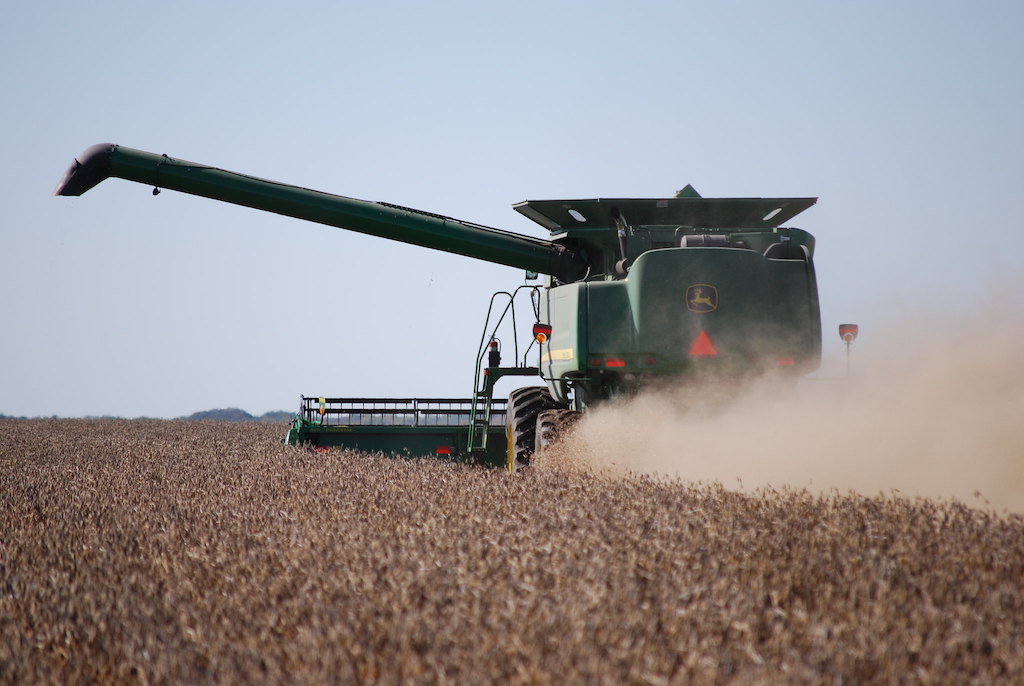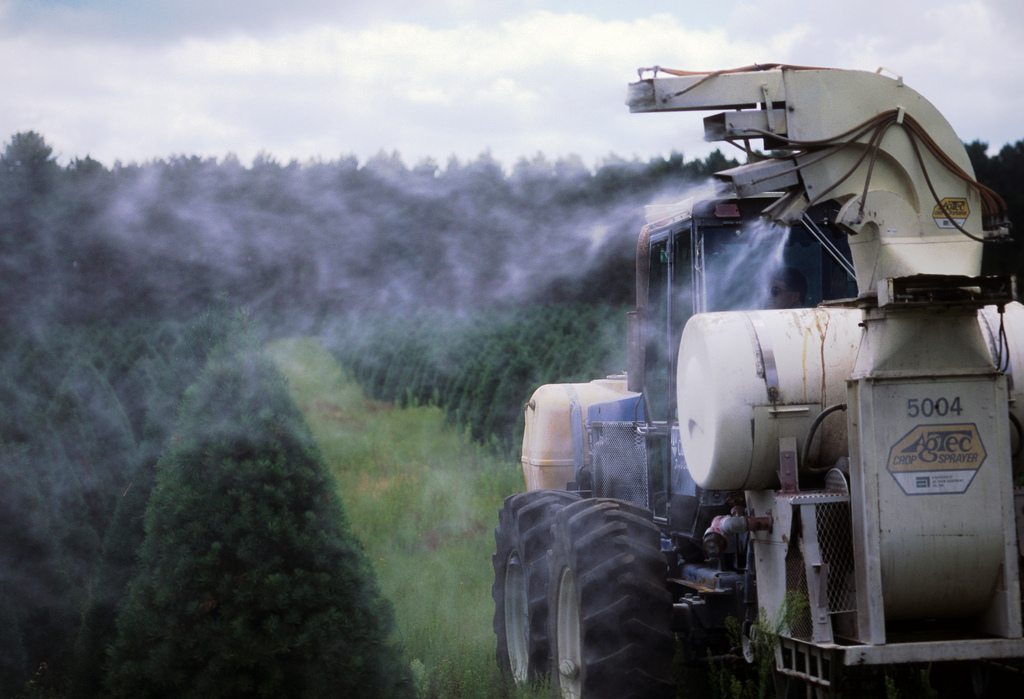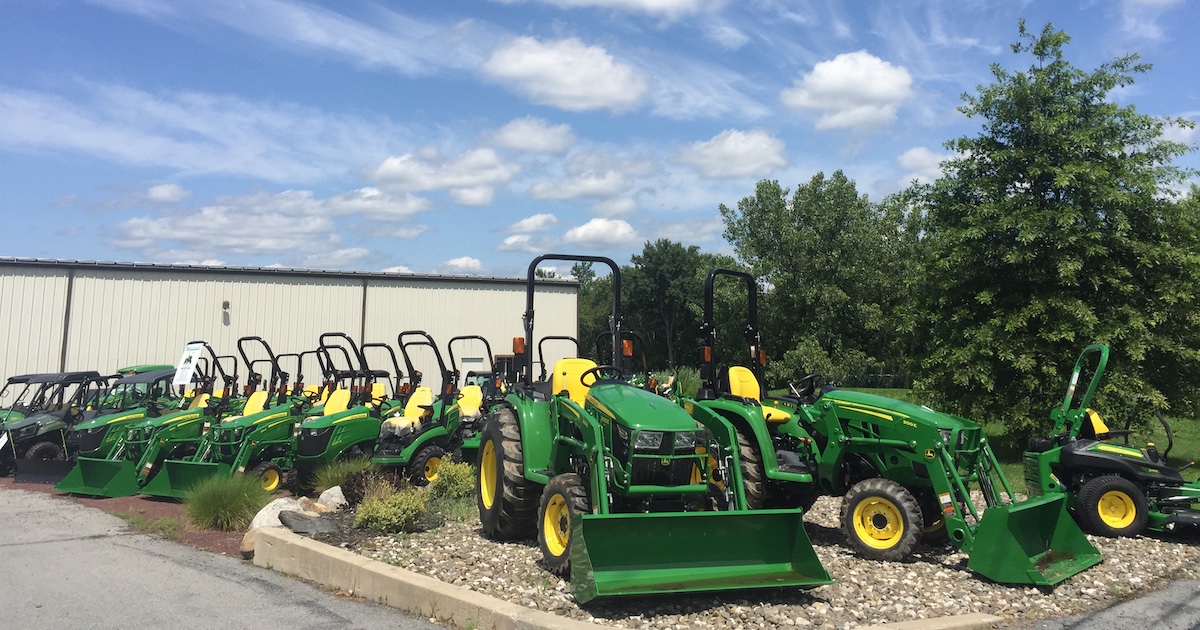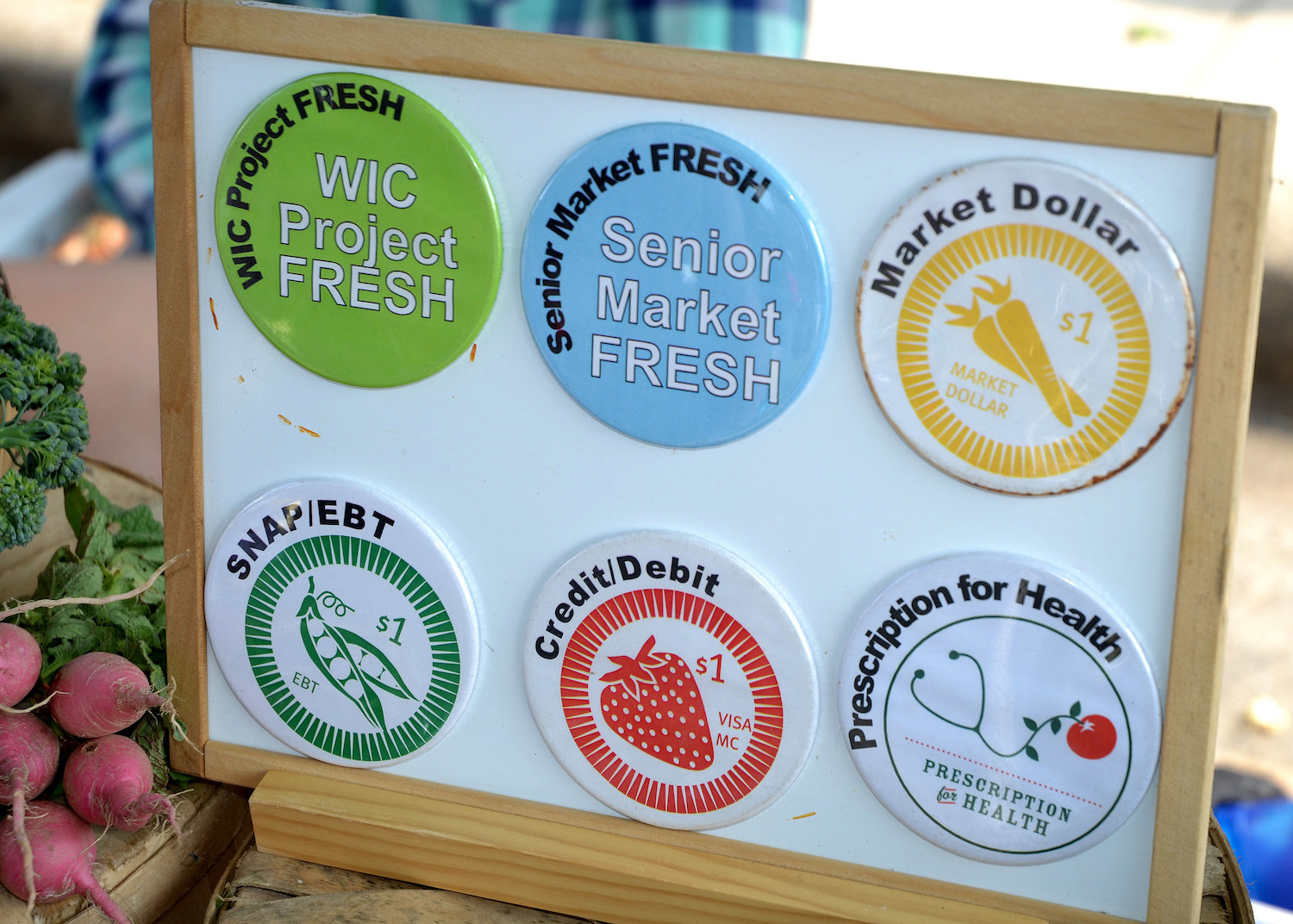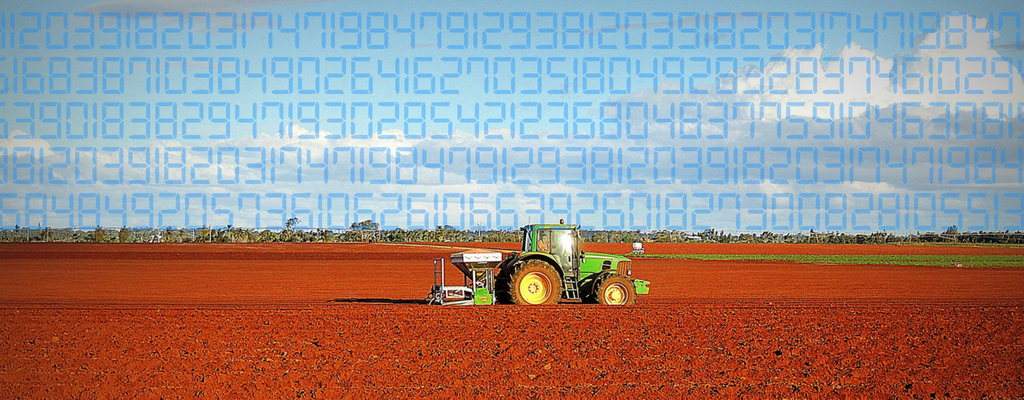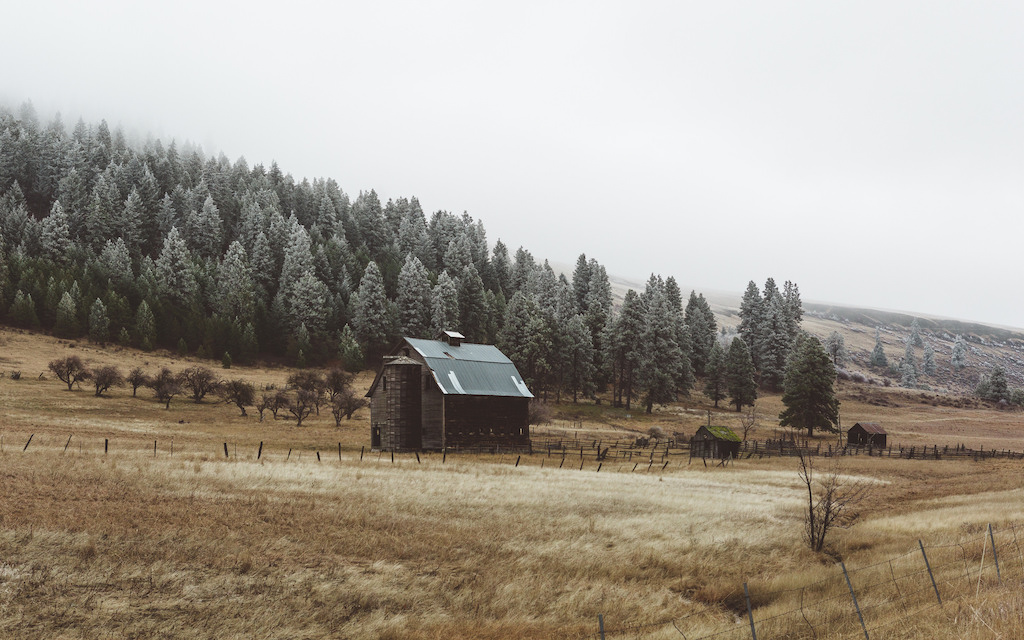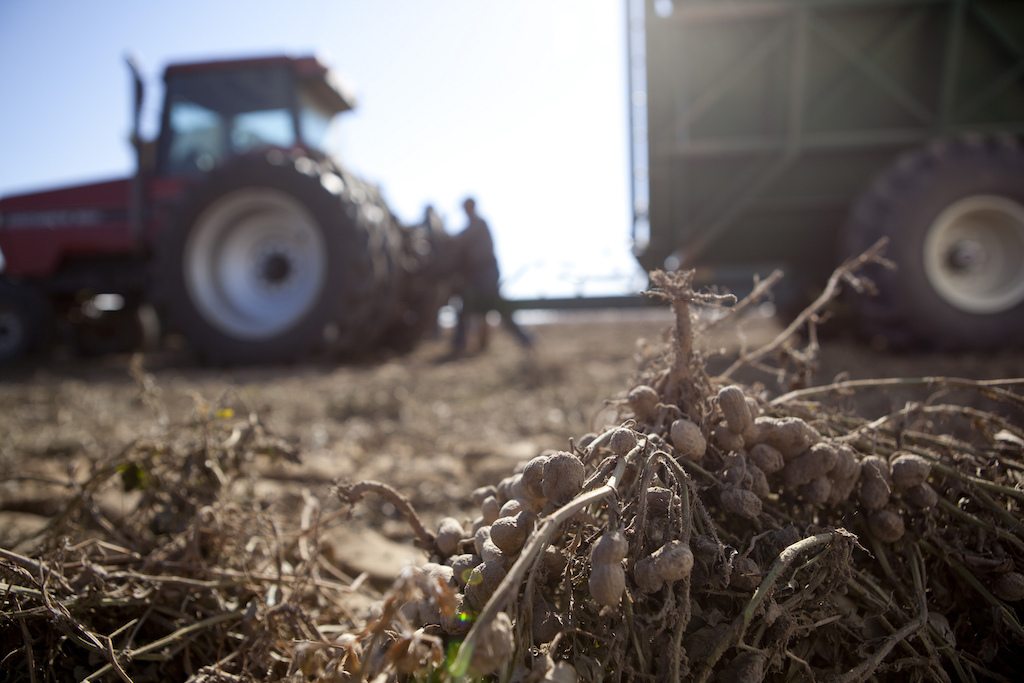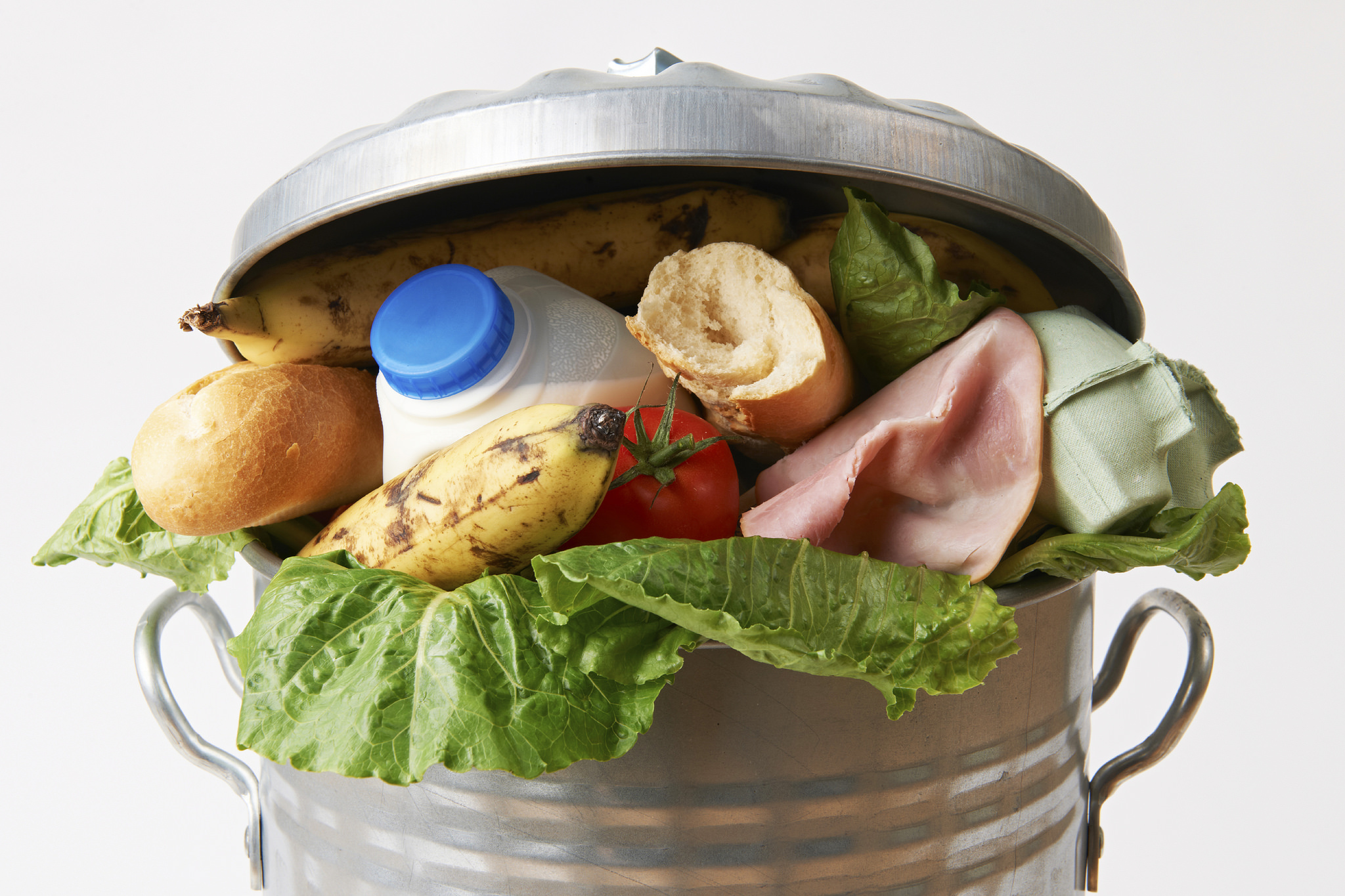American farmers and manufacturers shouldn’t expect relief from a burgeoning trade war with China until President Donald Trump is gone from the White House.
The Chinese on August 5 ordered a halt to all agricultural imports from the United States. Iowa farmers worked for decades to make China their biggest soy customer, only to watch Trump flick it all away with punitive tariffs.
Even Trump himself acknowledges that the trade war might not end until 2020 or later. John Deere, the tractor maker, issued profit cautions recently. Those union members who might have voted for Trump are worried about their hours. Farmers who have lost money six years straight are depending on crop insurance and disaster payments to keep them afloat.
“You will never see the Chinese market the way you had it,” says Jorge Guajardo, Mexican ambassador to China from 2007 to 2013 in the Calderon administration. And probably not the Mexican market, either, Guajardo tells me.
Each nation has been humiliated over the centuries, the former diplomat notes. Trump’s bluster humiliates their leaders, who have their own domestic political problems.
Chinese President Xi Jinping cannot let his public think that he is giving ground to Trump. “You cannot make concessions only to be humiliated again. It’s easier to hunker down,” Guajardo says. “The Chinese have a saying: They know how to eat bitter. They are proud of it. They will never make the mistake of depending on the United States again. They will find a way.”
Like, by turning to Brazil, where China already is investing to build transportation infrastructure to ship soybeans grown in what used to be rain forests.
“The supply lines are being set up. That won’t disappear with a trade truce,” Guajardo says.
The U.S. still has no trade deal with Mexico or Canada. Brazil does. We have picked trade fights with Europe, South Korea, and Japan. As a result, Iowa soybean prices have been hit hard by President Trump. He responded with trade bailouts to farmers totaling $29 billion over the past two years, and last week promised more.
Farmers, Trump tweeted last Wednesday, “know that China will not be able to hurt them in that their President has stood with them and done what no other President would do. And I’ll do it again next year if necessary.”
It probably will be necessary.
Guajardo warns that we have permanently lost at least a share of U.S. agricultural trade to Brazil. For now, we have lost it all. China is closing ranks by clearing disputes with the likes of Canada, to focus resolve on the U.S.
The president’s evaluation of our crumbled export paradigm leads me to a conclusion: American farmers, squeezed year by year until half disappear, have been told for a half-century to apply more chemicals on more acres to feed more people in China. But they would eat bitter before they buy our beans again. What to do?
This is a turning point. We are growing so much corn we burn it in increasing amounts of ethanol. We can’t export our soy and pork to China anymore. That means harder times in Storm Lake, Iowa, my hometown, where processing pork pays 3,000 families, and which is surrounded by ethanol plants spewing C02.
Meanwhile, we have an environmental catastrophe from growing all that corn and soy as Iowa has the filthiest surface water in the country from all that cultivation. Rather than dump money into crop insurance and disaster payments, why not pay farmers to grow grass instead of corn and soybeans? And cereal rye and oats? Cover crops like these save soil, capture carbon from the atmosphere, and prevent pollution of the Gulf of Mexico, which is being choked by farm fertilizer from the Corn Belt.
We need to reduce Iowa’s corn base by about 30 percent to make a difference in global warming and the Gulf of Mexico. But farmers need an incentive not to plant corn for export. The mechanism exists: The Conservation Security Program (CSP) pays farmers for conservation practices on working lands, such as grazing cattle on pasture. Funding was cut in half in the last farm bill. Democratic presidential candidate Elizabeth Warren last week rolled out a plan to battle climate change by significantly ramping up CSP funding and creating an ag innovation fund that would pay farmers for environmental services. Warren’s fellow Democratic candidate Joe Biden likewise calls for agriculture to lead the way in battling climate change and preventing flooding.
Farmers, too, increasingly are turning to sustainable agriculture practices, such as planting soybeans into a rye field to eliminate the need for herbicides—the thriving rye prevents weeds, and cattle can feed off it. Farmers save money and find new revenue in grass-fed beef sales. As conservation-minded farmers are building soil productivity through such practices, they are increasing yields without killing themselves on chemicals.
General Mills is talking with farmers in the Dakotas about planting organic cereal crops because of consumer demand. They’re fed up with glyphosate in their breakfast.
Continuing to plant corn and soybeans on every acre in a chemical base, much of which is floating down the Mississippi River, is to expect that the Chinese will want all the commodities we can grow as President Trump slaps 10 percent tariffs on anything Chinese. Perversely, Trump is triggering a widespread re-evaluation of our commitment to plant fencerow to fencerow as evangelized by Nixon Agriculture Secretary Earl Butz. Farmers realize that they are trapped in an agri-chemical supply chain, and they would choose something else if they could afford to.
Increasingly, our politics is catching up to the realities of an extraction-based export model broken by time and by Trump. Rural America just might have a fighting chance because our president’s epic blunders forced us to change.
